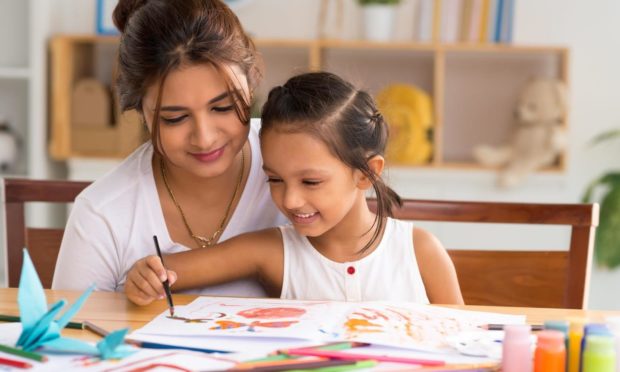We know that being a parent or carer can be tough, and no one is going to get it right all the time.
Balancing the various demands can be a struggle and can lead to stress.
Positive parenting is one method that can help you to set boundaries and build positive relationships with your children.
This style of parenting focuses on your child’s wish to please you, the importance of listening and showing them love.
These will all lead to a better behaved, happy child, and less stress all round.
Parents must set boundaries
Every child has different needs, which are unique to them as an individual but also dependent on their age. For example, toddlers test limits and often have tantrums. Research shows that their brains are still developing at this stage, and they don’t always have control of their emotions.
Make sure your child always knows that they can come to you if they are upset, and listen to what they are saying, even if it feels challenging
On the other hand, teenagers will be continuing to develop their own identities, and they may become moody and present challenging behaviour as a result.
In all instances, it’s important to set boundaries with your child, letting them know what is and isn’t OK.
Keep it simple
Try to keep guidance simple and consistent. If your child is behaving in a way that is not acceptable, clearly explain to them why and how you would like them to behave instead.
Make sure your child always knows that they can come to you if they are upset, and listen to what they are saying, even if it feels challenging at times.
Reward good behaviour
As kids get older, it’s important to give them chances to show you they can be trusted. Consider loosening some rules as they get older, and recognise their different needs.
Rewarding good behaviour is a great way of encouraging them to continue behaving in a certain way. Some younger children may respond well to a reward chart, while older children may respond to the offer of being allowed to stay out to play a bit longer than usual.
Take care of yourself
If your child is acting out, it’s important to try and stay calm. Lots of things, not only your child’s behaviour, can make us feel stressed, so it’s vital to make sure you take time for yourself. Exercising or listening to music can be great ways to unwind.
To find out more about positive parenting and other useful tips, you can visit the NSPCC Learning website.
For support or advice, you can contact the NSPCC helpline on 0808 800 5000 or email help@nspcc.org.uk
Carla Malseed is a local campaigns manager for NSPCC Scotland


